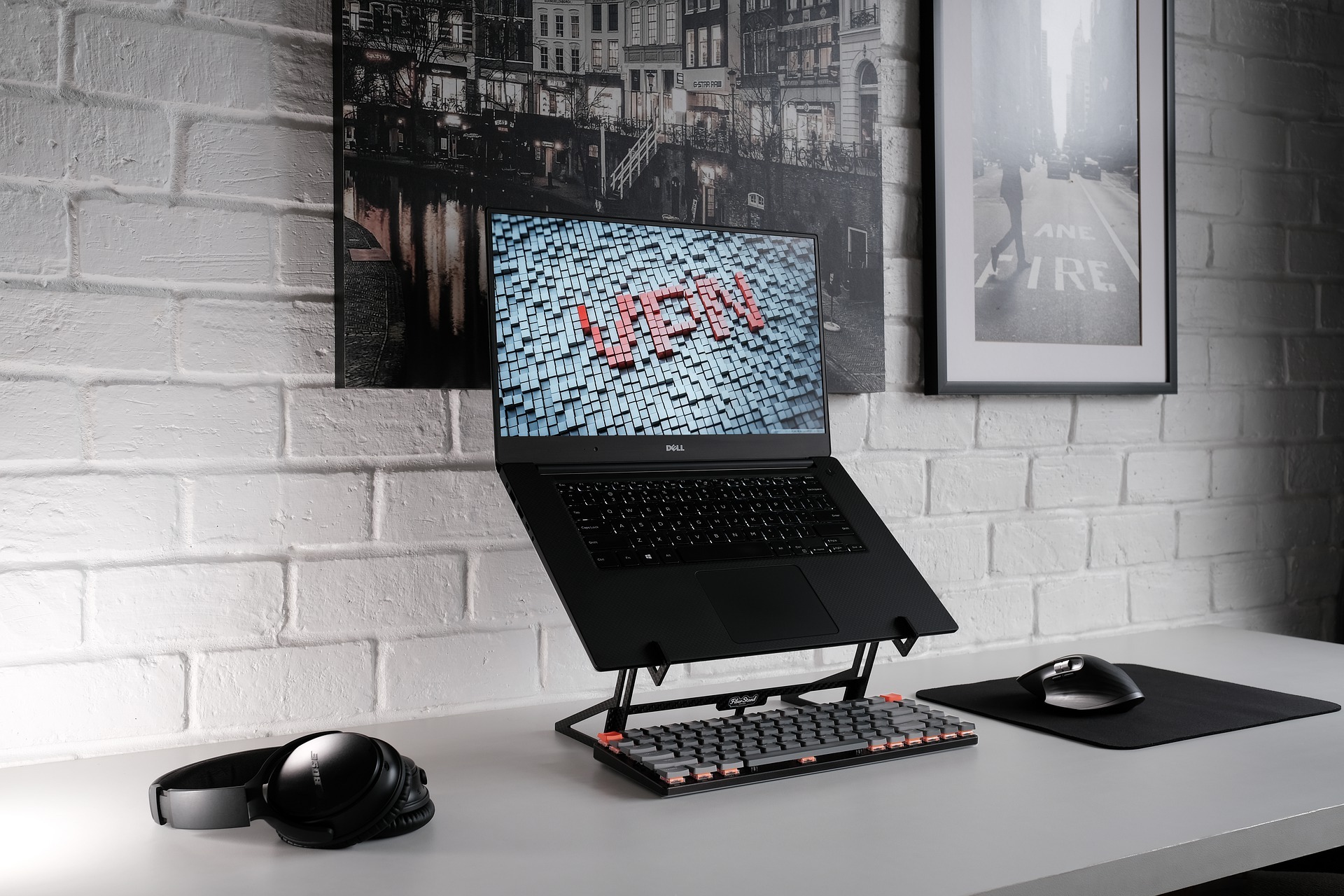What to do to get a VPN on your router? This is the question that many people are asking themselves these days. And for good reason! With so many of us using our smart TVs to stream content, not to mention all the other devices in homes and offices, there’s a much greater chance of being attacked online than ever before.

Install your VPN on routers with this step-by-step guide to help you out!
VPNs are a must-have for many reasons, not the least of which is their ability to make your PC/ smartphone seem as if you’re in some other country. That’s because you are logging into a machine run by the VPN(Virtual Private Network) provider and then running your internet sessions from that very place.
You need as much internet security as you can get, and that is why it’s a good idea to set up your router with VPNs. This allows you to prevent cookies from tracking you or the government via your web activities. You will be using the same server as hundreds of people are, so they can’t track who you are either. Not sure where to find the right VPN, Best VPN Canada’ website can do the work for you.

Installing a VPN on your routing device
To set up a VPN (Virtual Private Network) on your router, it’s important to verify the following:
- To use a VPN with your Router, you must have a router that supports this function (acting as a VPN client). A quick Internet search or should tell you if it is compatible. If you don’t have OpenWRT firmware on your router, you’ll have to install 3rd-party firmware. The OpenWRT is a common open-source option with lots of functionalities, including Virtual Private Network support.
- If your current router doesn’t work well with VPN or perhaps it is not compatible, you’ll have to buy a new one.
- Your VPN and router must work on the same protocols.
- If you have lots of devices for the VPN to cover, you may need a higher data cap. Video streaming services are notorious consumption machines when it comes to bandwidth usage.
Setting up your router’s VPN connection will depend on the manufacturing company and its configuration software. If you cannot find instructions on the manufacturer’s website, look in the user’s manual or browse a vendor’s website for the right instructions. To set up your home router VPN, you will need the following:
- Access the settings on your router by opening up a web browser and logging in through its interface. Try 192.168.0.1 to access the admin panel of your router.
- Find the option for VPN in your router’s settings.
- If you need a router VPN, find out if your current model has the necessary 3rd-party firmware that requires installation.
- If your default firmware doesn’t offer a VPN service, try updating your routing device’s software.
- Select the option VPN client. Your router is going to connect to a different server.
- Enter the settings from your Virtual private network provider. If you have a config file saved, open it and upload it to your router instead of typing the information manually.
- Also, change your router’s firewall configuration settings.
After you are finished with your VPN installation, check to see if common websites are accessible or not. Next, you’ll want to check that the VPN connection is working properly.
You can easily check it by accessing blocked websites in your country or by simply googling “what’s my IP address” the result will be different from your actual IP address. It’s not necessary to know the IP address to install a VPN on routers because you’re able to access geo-restricted content then it means your VPN is successfully installed.

Pros and Cons of installing a VPN on your router
Below are the few pros and cons of installing a VPN on a router.
Pros
- VPNs that are installed on routers protect your whole home network, including IoT devices and smart household electronics.
- Setting up VPN security on a device can be a hassle. Connecting to a router VPN protects each device connected through the same network.
Cons
- You’ll need more VPN data if you’re using multiple devices, which might require upgrading to a different plan.
- You may not need to purchase a new router if you’re already using one that supports it.
Conclusion
If you use a VPN, there are many reasons why you should look into buying your router. This way, every device on your network is protected by the same level of security.
One of the top benefits of using a VPN on your phone is that it transmits data from your devices to complete secure transactions. Installing your router with a VPN has many benefits. Many routers include VPN support, but some do not. If yours does not, you may have to purchase a new router that’s designed for this.

